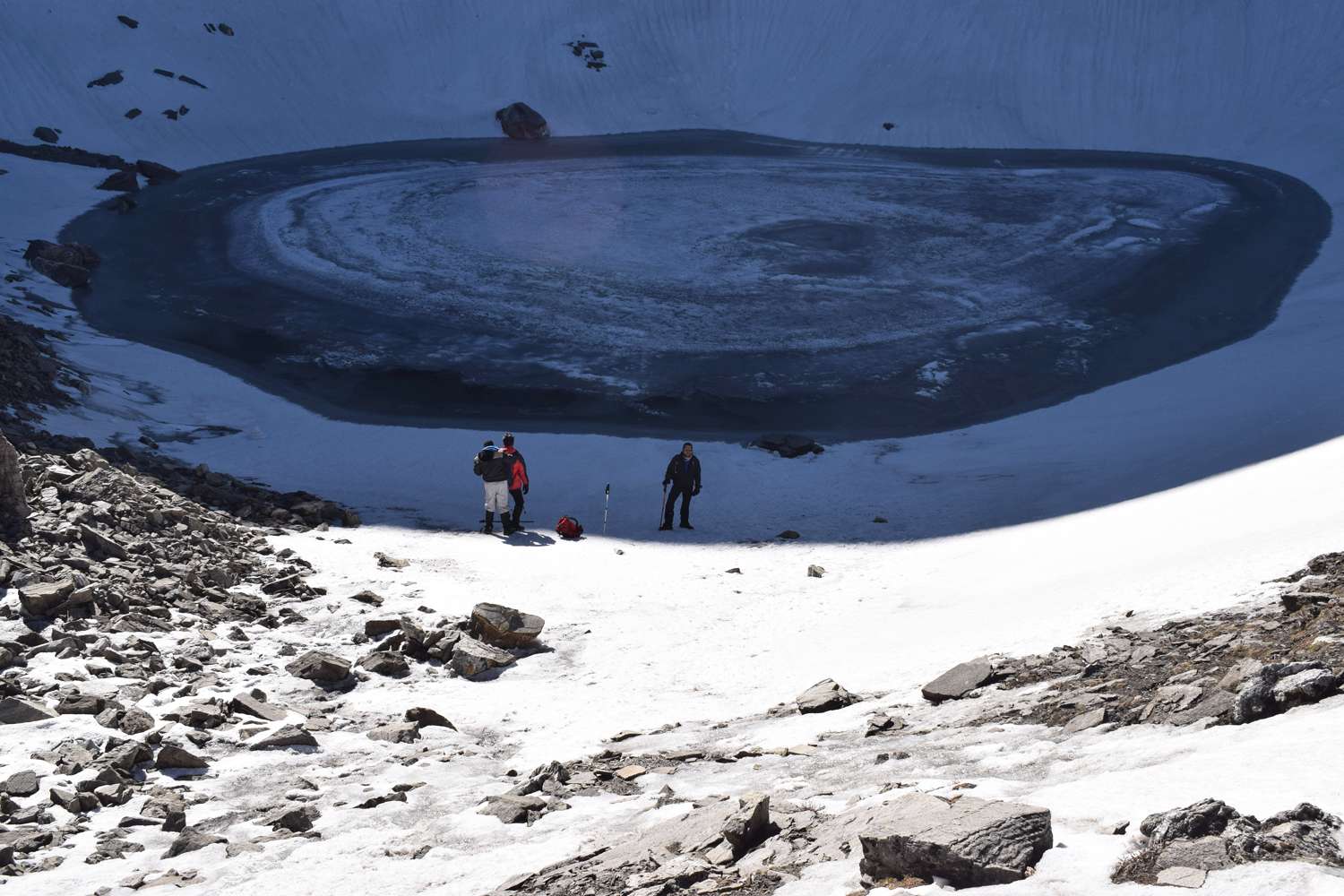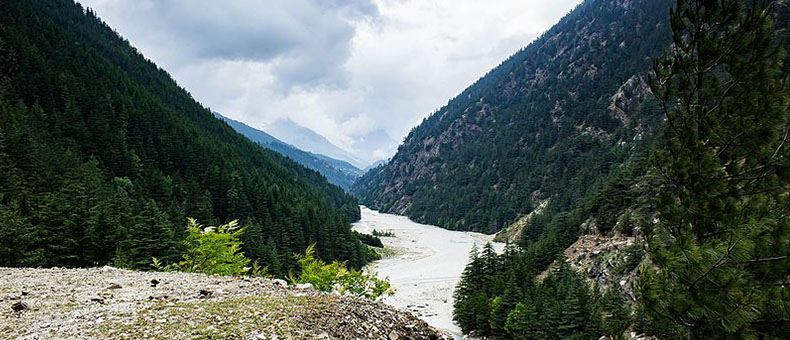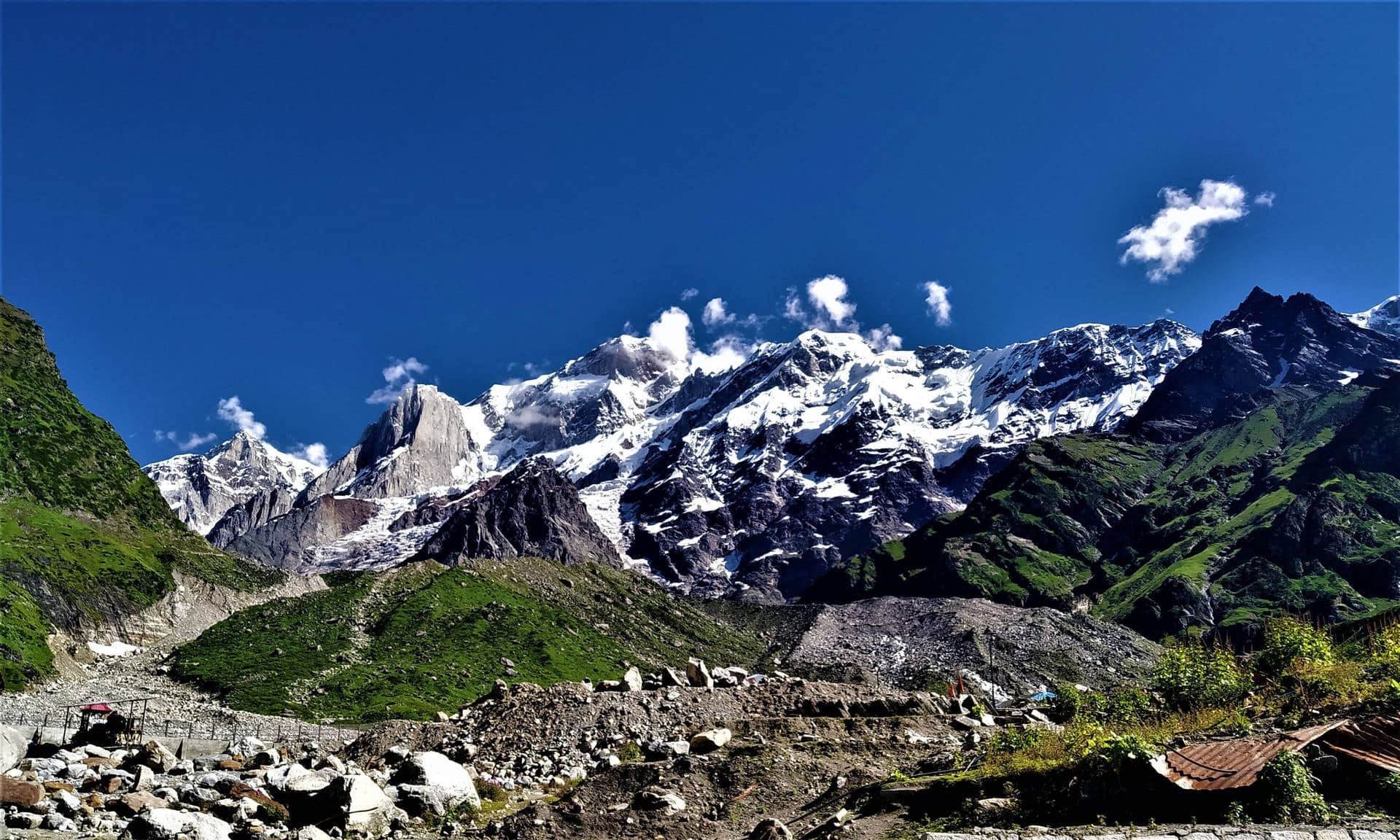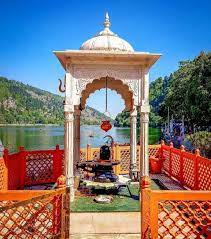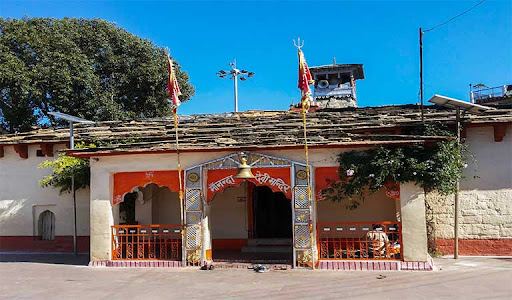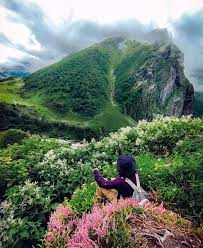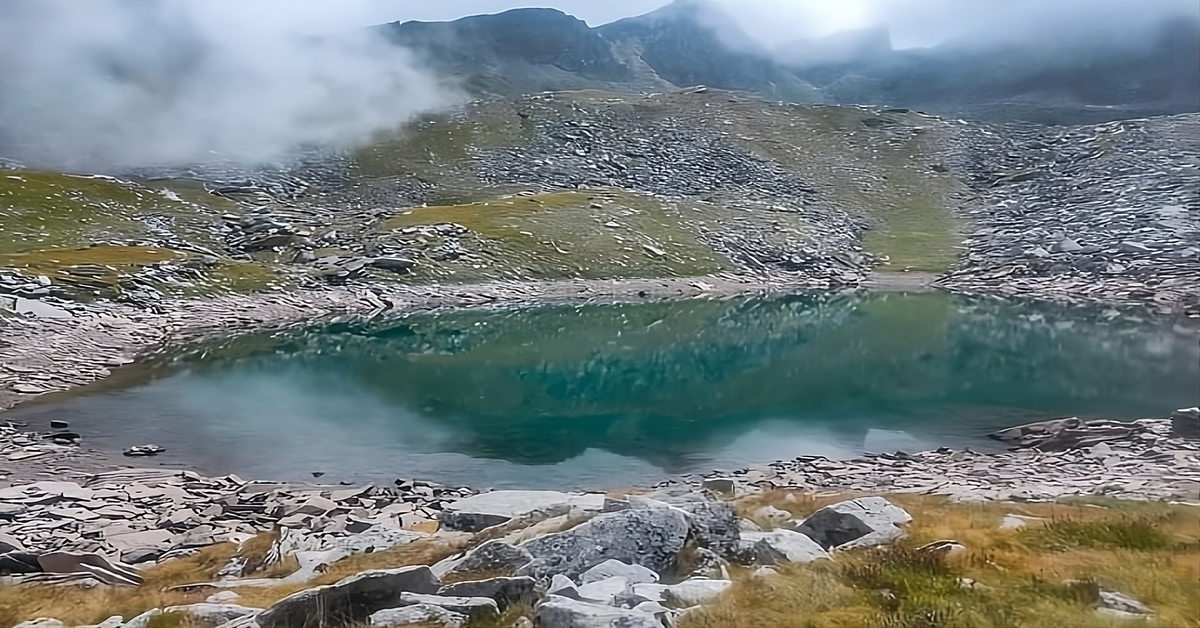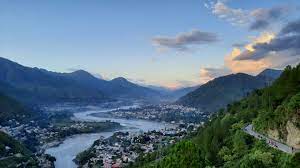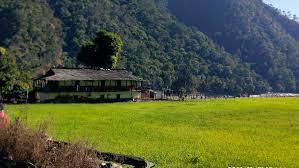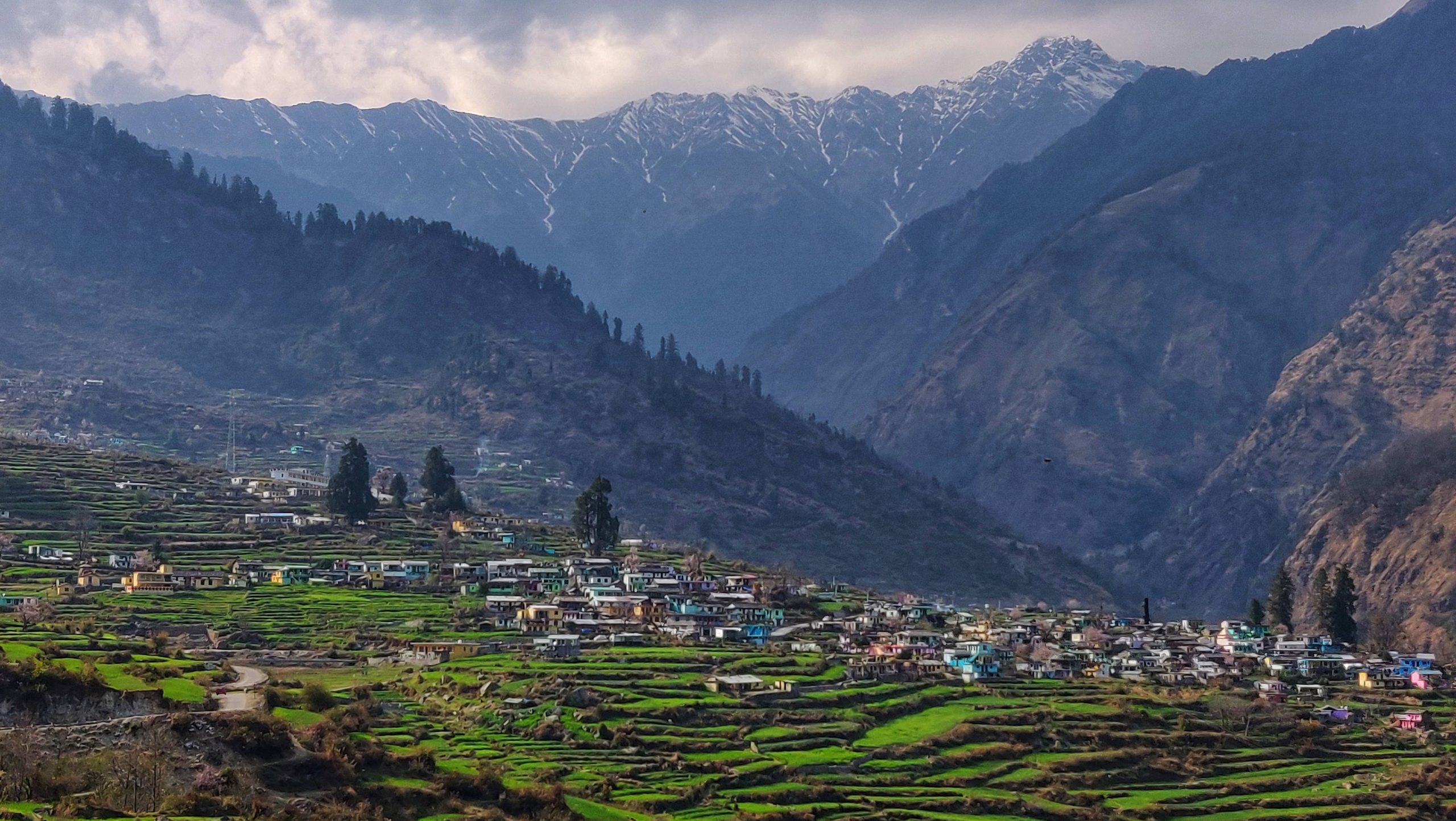Some places in the Himalaya welcome you. They give you meadows, open skies, and a feel of calm. Roopkund (रूपकुंड) isn't one of those locations. This lake doesn’t comfort. It unsettles. People name it the Mystery Lake, and while you eventually stand on its edge, you apprehend why.
The Climb Into Thin Air
Reaching Roopkund isn’t simple. The path starts off evolving from villages like Lohajung, climbing slowly at the start. Oak (बाँज) and pine (चीड़) timber push upward, their scent sharp in the air. In spring, rhododendron (बुरांश) plants scatter crimson throughout the hillsides. It seems like walking through a forest that knows how to welcome strangers.
Then the land changes. Trees step apart. Wide meadows open up Ali Bugyal and Bedni Bugyal, names you don’t forget after you’ve walked them. Grass rolls for miles, dotted with sheep and shepherds, and peaks like Trishul (त्रिशूल) reduce the sky in the distance. The wind right here is consistent, carrying each chill and silence.
Climb better nonetheless, and the path grows harder. Snow patches linger even in the summer season. Rocks feel unfastened underfoot. Every step takes more breath than you anticipate. And then, after hours of climbing, the lake reveals itself, surprising and small, sitting like a reflection in a hollow of stone.
Bones Beneath the Water
At first glance, Roopkund looks like any high-altitude lake. Barely forty metres across, its surface is often half-frozen. But when the snow melts and the water clears, you see them. Skulls. Bones. Dozens of them were scattered along the bed and edges. Some whole, some broken, all too human.
Locals have stories. One legend speaks of a king who angered the goddess Nanda Devi (नंदा देवी). He and his entourage were struck down here as punishment, their remains left as a warning. Other tales speak of pilgrims lost to sudden storms.
Scientists studied the skeletons. They found some dating back to the ninth century, others from more recent centuries, belonging to people of different origins. No single answer explains them all. That uncertainty is what holds you. The lake is not just water and ice. It is a riddle written in bone.
The World Around the Lake
Look up from the water, and the world presses close. Peaks rise sheer on all sides. Trishul looms sharp and commanding. Clouds drift fast, throwing shadows that make the lake darker still. The place feels both open and closed, like standing inside a secret.
Around the lake are ridges in which the air thins similarly. Prayer flags, once in a while, flutter in the wind, left by trekkers or pilgrims. At the nearby Bedni Kund, a sacred pond, rituals are nevertheless done. For many, the journey to Roopkund is greater than a trek; it's a form of devotion.
What Walking There Feels Like
- The trek itself contains its own personal rhythm, shifting with every turn.
- In the forests below, the floor is gentle and the air heavy with resin.
- In the meadows, the wind rushes strongly, and sheep bells echo far.
- On the ridges, silence grows heavier than your pack.
- At the lake, beauty and unease sit together.
Most people describe Roopkund as haunting. You can admire the peaks, the clear sky, even the mirror of the water, but once your eyes fall on the skeletons, the mood changes. The place doesn’t let you settle.
A Fragile Trail
The route to Roopkund has grown popular, which means more pressure on meadows and paths. In recent years, restrictions have been put in place to protect the fragile bugyals from overuse. Local communities remind visitors to take their waste back and keep noise low.
Even without crowds, nature reminds you of its power here. Landslides sometimes block trails. Weather shifts in minutes. One moment, the lake lies clear, the next it vanishes under mist. Walking here teaches you that the Himalaya is not tame, and never will be.
Fragments That Stay
What you carry back from Roopkund is not only the memory of the lake. It is the smaller things, lodged deep.
- The red blaze of buransh lower on the trail.
- The endless roll of Ali Bugyal, green and unbroken.
- The thin, cutting wind at 5,000 metres.
- The sudden shock of a skull resting in shallow water.
- The quiet nod of a shepherd as he guided his flock past.
- These fragments come back when you least expect them, like echoes you never asked for.
A Lake of Mystery and Memory
Roopkund is both sacred and unsettling. Pilgrims see it as part of their faith. Trekkers see it as a task and a marvel. For every person, it's miles a reminder that no longer are all testimonies neat endings. Some continue to be open, just like the bones at the bottom of the lake, ready without answers.
To stand at Roopkund is to accept mystery. The Himalaya does not explain everything. Sometimes it only shows and leaves you to sit with the questions.

